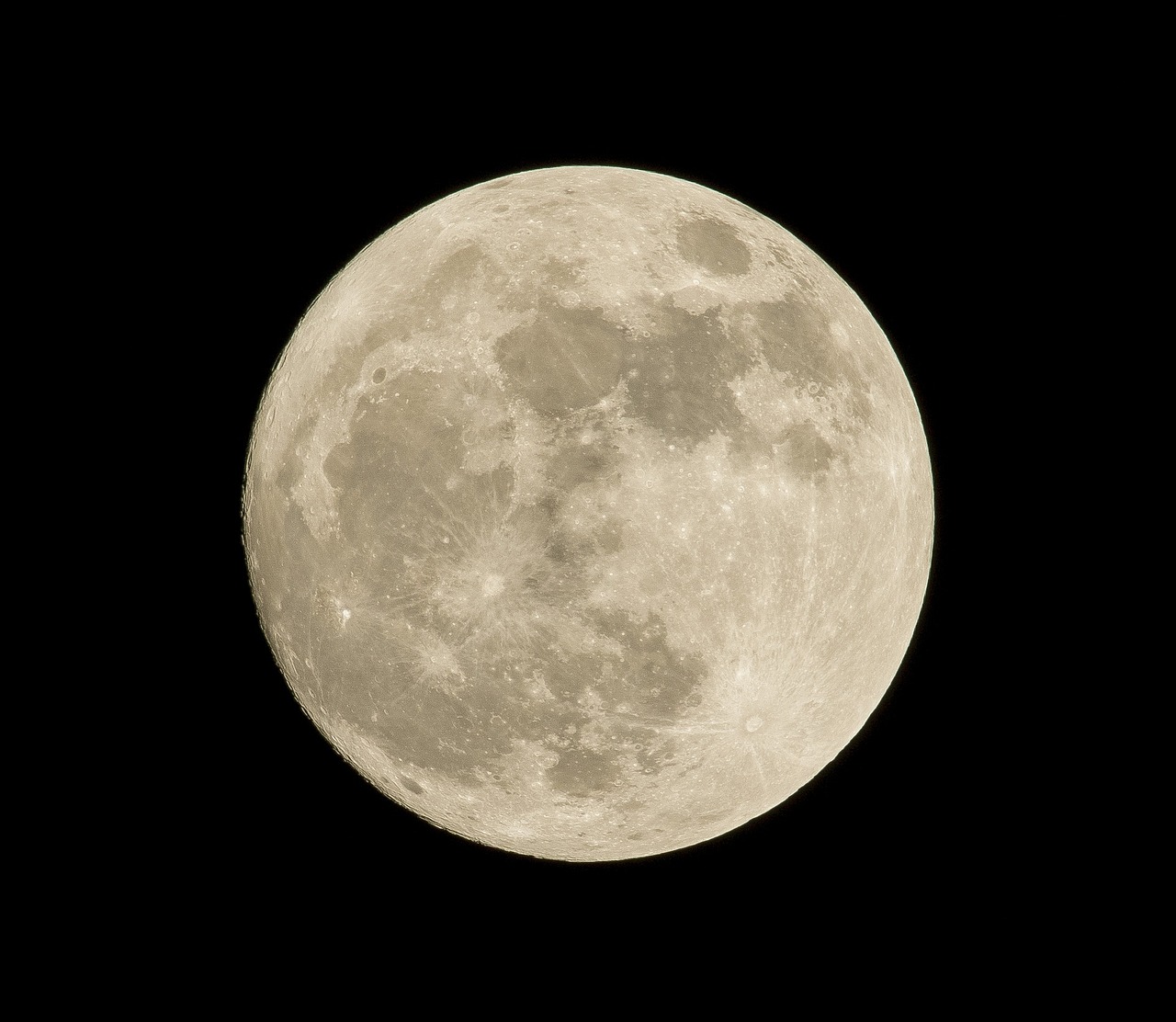The Search for Moons: Which Planet Takes the Crown?
The vastness of our solar system never fails to amaze us with its wonders. Among its many celestial bodies, the planets hold a particularly captivating allure. While each planet possesses its own unique characteristics, one intriguing aspect is the number of moons they have in their orbit. Join us as we embark on a thrilling voyage through space to discover which planet reigns supreme with the most moons.
A Galactic Contest: The Race for the Most Moons
In the race for the most moons, Jupiter emerges as the undisputed champion. With its colossal size and immense gravitational pull, Jupiter plays host to an extraordinary number of moons – a staggering 79 at the last count. These moons, ranging in size from tiny irregular rocks to large celestial bodies, create a mesmerizing celestial ballet around the giant gas planet. Jupiter’s moons exhibit a diverse range of characteristics, from icy surfaces to volcanic activity, making them a source of fascination for scientists and space enthusiasts alike.
Jupiter’s four largest moons, known as the Galilean moons, are among the most captivating objects in our solar system. Io, the innermost of the Galilean moons, is known for its intense volcanic activity, with plumes of sulfur erupting from its surface. Europa, with its smooth icy crust, is believed to have a subsurface ocean, raising the possibility of extraterrestrial life. Ganymede, the largest moon in the solar system, boasts its own magnetic field and is larger than the planet Mercury. Callisto, the outermost of the Galilean moons, is a heavily cratered moon with a surface dating back billions of years. These four moons alone provide a wealth of scientific knowledge and intrigue.
Saturn’s Enigmatic Moon Ensemble: Beyond the Rings
While Saturn is commonly associated with its iconic rings, it also boasts an impressive collection of moons. With at least 82 confirmed moons, Saturn holds the second position in the moon count competition. Among its notable moons is Titan, the largest of Saturn’s satellites and the second-largest moon in the solar system. Titan’s thick atmosphere, composed mainly of nitrogen, gives it an Earth-like appearance and has made it a prime target for exploration. Scientists believe that beneath Titan’s hazy surface lies a subsurface ocean of liquid water, making it a potential candidate for harboring life.
Another intriguing moon of Saturn is Enceladus, known for its remarkable geysers erupting from its south pole. These geysers spew plumes of water vapor and ice particles into space, indicating the presence of a subsurface ocean. This discovery has increased the chances of finding microbial life beyond Earth, as Enceladus provides vital ingredients for life, including liquid water, organic molecules, and heat.
Lunar Symphony: The Dance of Moons around Neptune
Neptune, the mysterious ice giant, possesses a dazzling ensemble of moons. With 14 confirmed moons, Neptune may not match the moon count of Jupiter or Saturn, but it still holds its own celestial wonders. Triton, Neptune’s largest moon, is of particular interest to scientists due to its unique retrograde orbit – it orbits the planet in the opposite direction of Neptune’s rotation. It is believed that Triton was a captured object from the Kuiper Belt, a region beyond Neptune that is home to icy objects.
Neptune’s moon system also includes Nereid, a moon with a highly elliptical and unpredictable orbit, and Proteus, the second-largest moon of Neptune and one of the largest irregular moons in the solar system. These moons, along with the others in Neptune’s orbit, provide valuable insights into the dynamics of moon formation and the history of our solar system.
The Mysteries of Mars: Unveiling the Riddle of its Moons
Mars, the red planet, may not boast the same multitude of moons as its larger counterparts, but it still holds its own celestial wonders. Mars has two small moons, Phobos and Deimos, which are believed to be captured asteroids. These moons have long fascinated scientists, as their origins and peculiar orbits continue to puzzle researchers.
Phobos, the larger of the two moons, is gradually spiraling inward towards Mars. Scientists predict that in about 50 million years, Phobos will either collide with Mars or break apart due to tidal forces. Deimos, on the other hand, has a more stable orbit and is thought to be an ancient asteroid captured by Mars’s gravity.
These two enigmatic moons provide valuable information about the history of Mars and the processes that shaped its moon system. They also serve as potential targets for future robotic missions, offering the opportunity to explore these captivating celestial bodies up close.
In conclusion, while each planet in our solar system has its own captivating moons, Jupiter takes the crown with its impressive count of 79 moons. From the volcanic activity on Io to the potential for extraterrestrial life on Europa, these moons provide a wealth of scientific knowledge and a source of wonder for humanity. However, the other gas giants, Saturn and Neptune, as well as Mars, offer their own unique moon ensembles, each with their own mysteries waiting to be unraveled. As our understanding of these celestial bodies deepens, we continue to be awe-inspired by the wonders of our vast solar system.

